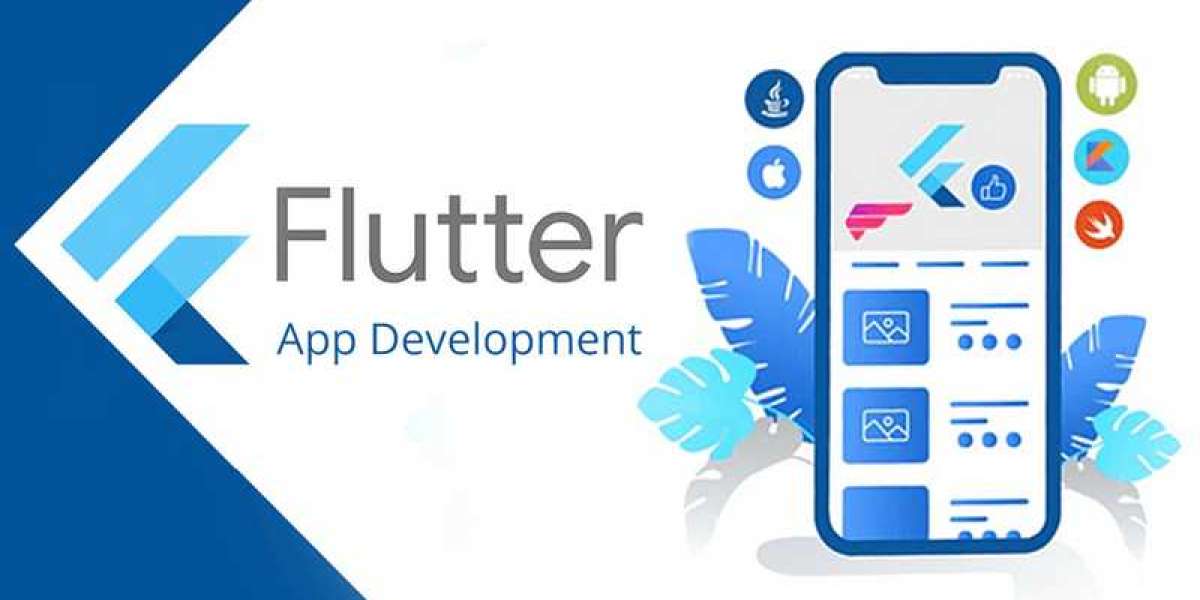Description
In the ever-evolving landscape of mobile app development, Flutter app has emerged as a powerful framework for building cross-platform applications with ease. Whether you're a seasoned developer or just starting your journey in app development, mastering Flutter can significantly enhance your capabilities. This comprehensive guide dives deep into the fundamentals of Flutter app development, equipping you with the knowledge and skills to create and publish your first app on Google Play Store.
Introduction to Flutter App Development
Flutter, developed by Google, is an open-source UI software development kit used to build natively compiled applications for mobile, web, and desktop from a single codebase. Its popularity stems from its ability to deliver beautiful, fast, and customizable user experiences across platforms.
Getting Started with Flutter
Before diving into app development, understanding the Flutter environment and setting up your development environment is crucial. This section covers:
- Installing Flutter SDK and setting up IDE (Integrated Development Environment)
- Exploring Flutter architecture and understanding its key components
Building Your First Flutter App
With Flutter installed and configured, it's time to embark on creating your first app. This step-by-step tutorial walks you through:
- Creating a new Flutter project and exploring its structure
- Writing your first Flutter widget and understanding the widget tree
- Adding interactivity with stateful widgets and handling user input
- Styling your app using Flutter's rich set of customizable widgets and themes
Leveraging Flutter's Features and Capabilities
Flutter offers a plethora of features that streamline app development and enhance performance. Topics covered include:
- Utilizing Flutter's hot reload for rapid iteration and debugging
- Integrating platform-specific APIs and plugins using Flutter packages
- Implementing animations and transitions to create engaging user interfaces
- Optimizing app performance and handling device-specific considerations
Testing and Debugging Your Flutter App
Ensuring your app functions flawlessly across various devices and platforms is critical. This section delves into:
- Testing your app on emulators and physical devices
- Debugging common issues and using Flutter DevTools for performance profiling
- Writing unit tests and conducting integration tests to maintain app reliability
Publishing Your Flutter App on Google Play Store
The culmination of your Flutter app development journey involves sharing your creation with the world. This guide covers:
- Preparing your Flutter app for release: signing, optimizing, and building an APK
- Creating a Google Play Developer account and configuring app metadata
- Uploading your app bundle or APK to the Google Play Console
- Completing the app listing with compelling descriptions, screenshots, and promotional materials
Beyond the Basics: Advanced Flutter Techniques
For developers looking to expand their Flutter expertise, this section explores advanced topics such as:
- Implementing custom platform-specific features using platform channels
- Integrating Firebase for backend services, analytics, and cloud storage
- Exploring Flutter's web and desktop support for multi-platform development
Conclusion
Flutter empowers developers to create high-quality mobile applications efficiently, leveraging a single codebase for multiple platforms. By mastering Flutter app development, you not only enhance your skill set but also unlock endless possibilities in the rapidly growing mobile app ecosystem.







